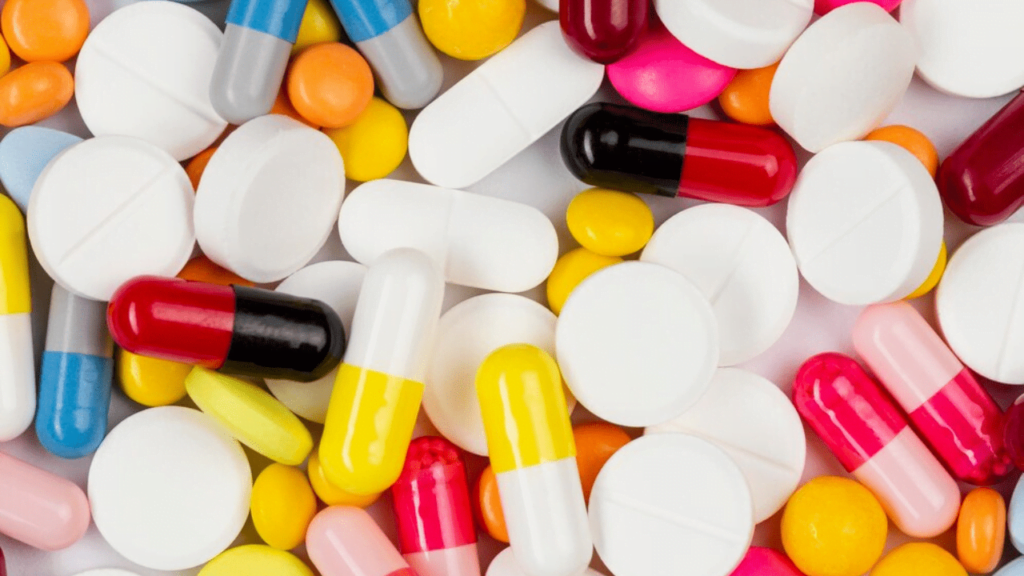India is set to revolutionize the treatment of obesity and diabetes with the introduction of a Production Linked Incentive (PLI) scheme aimed at the domestic production of GLP-1 drugs.

Announced by Arunish Chawla, Secretary of the Department of Pharmaceuticals, India is set to revolutionize the treatment of obesity and diabetes with the introduction of a Production Linked Incentive (PLI) scheme aimed at the domestic production of GLP-1 drugs. This initiative is scheduled to take effect in 2026.
Understanding GLP-1 Drugs
Glucagon-like peptide-1 (GLP-1) drugs are a class of medications primarily used in the treatment of type 2 diabetes and obesity. These drugs work by activating GLP-1 receptors in the pancreas, which enhances insulin release and reduces glucagon responses. This dual action helps in managing blood sugar levels and promoting weight loss, making GLP-1 drugs a cornerstone in the treatment of these conditions.
The Need for Domestic Production
India faces a significant burden of obesity and diabetes, with studies showing that it has the third-largest population of obese individuals globally, following China and the United States. According to a study published in The Lancet in 2022, and projections by IMARC Group, India is expected to have 8 crore obese and 22.5 crore overweight individuals. This staggering statistic underscores the urgent need for accessible and affordable treatments.
Currently, the latest formulations of GLP-1 drugs, such as Novo Nordisk’s Ozempic and Eli Lilly’s Zepbound, are not available in India due to global supply shortages. This unavailability is a critical issue given the rising demand and off-label usage of these drugs for weight loss. The PLI scheme aims to address this gap by incentivizing local pharmaceutical companies to produce these drugs domestically.
Benefits of the PLI Scheme
The PLI scheme is designed to provide financial incentives to manufacturers to boost their production capabilities. This initiative will particularly benefit Indian pharmaceutical giants like Sun Pharma, Cipla, and Lupin, which are already involved in the GLP-1 segment.
By fostering local production, the scheme will reduce dependence on imports, ensure a steady supply of these vital drugs, and potentially lower costs for consumers.
Economic Impact
The global market for GLP-1 receptor agonists (GLP-1RA) is substantial and growing. In 2022, the market size was valued at approximately $22.4 billion, with expectations to grow at a compounded annual growth rate (CAGR) of around 9.6% until 2032.
The anti-obesity medication market alone could reach $130 billion by 2030, according to Goldman Sachs. By tapping into this lucrative market, the PLI scheme could significantly boost India’s pharmaceutical industry, contributing to economic growth and job creation.
Addressing Global Supply Shortages
The overwhelming demand for GLP-1 drugs has led to global supply shortages, with companies like Eli Lilly and Novo Nordisk struggling to meet the needs. Eli Lilly has announced a $5.3 billion investment to increase manufacturing capacity, while Novo Nordisk plans to spend $4.1 billion on a new fill-and-finish plant in North Carolina.
By initiating domestic production under the PLI scheme, India can alleviate some of these supply challenges, ensuring better availability for its population.
Future Prospects
The PLI scheme is part of a broader strategy by the Indian government to capitalize on the expiration of patents for several blockbuster drugs. Over the next five years, around 300 drugs are expected to lose their patents globally, including 24 blockbuster drugs. This presents a golden opportunity for India to expand its pharmaceutical capabilities and become a leader in generic drug production.
In addition to GLP-1 drugs, the Department of Pharmaceuticals has identified 50 bulk drugs and intermediates for production under the PLI scheme. Out of 40 projects taken up, 30 have already commenced manufacturing. This progress indicates a robust framework in place to support the PLI scheme’s objectives.
Promoting Research and Innovation
To sustain growth and innovation, the Indian government is also setting up a project monitoring unit under the Promotion of Research and Innovation in Pharma MedTech Sector (PRIP) scheme. With an allocated budget of approximately ₹5,000 crore over five years, this initiative aims to identify and support projects with significant potential. Centers of Excellence at the National Institutes of Pharmaceutical Education & Research (NIPER) will spearhead these efforts, fostering a culture of research and development.
Summary
The introduction of the PLI scheme for the domestic production of GLP-1 drugs marks a significant milestone in India’s healthcare landscape. By 2026, this initiative will not only enhance the treatment options available for obesity and diabetes but also strengthen the country’s pharmaceutical industry.
As India gears up to meet the growing demand for these life-changing medications, the PLI scheme stands as a testament to the government’s commitment to improving public health and fostering economic growth.
Read Next:

The Psychology of Love: Why Valentines Day Matters More Epic Than You Think
Discover the psychology of love and why Valentines Day is more important than you think. Learn how love impacts the brain, strengthens relationships, and boosts

Premier League Highlights: Arsenal Humiliate Man City 5-1, Spurs and Palace Secure Crucial Wins
Arsenal demolished Manchester City 5-1 in a statement premier league highlights win, reigniting their title hopes. Meanwhile, Crystal Palace stunned Man United 2-0, and Tottenham

How Budget 2025 Impacts the Indian Middle-Class: Major Tax Benefits and Glaring Omissions
Budget 2025 offers major tax relief to the middle class, including zero tax on incomes up to ₹12 lakh. However, it misses out on incentives
